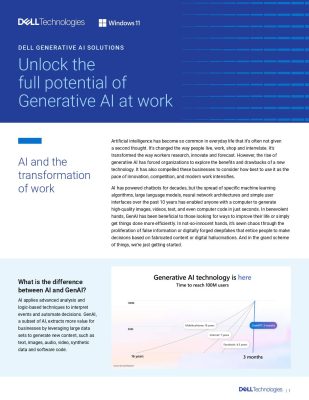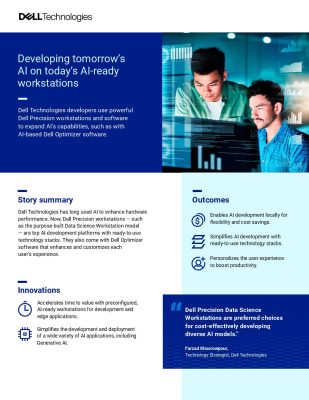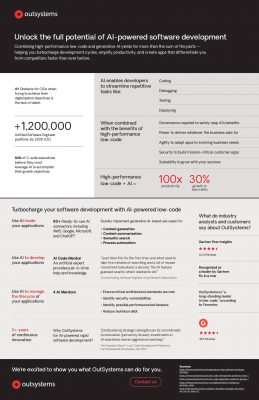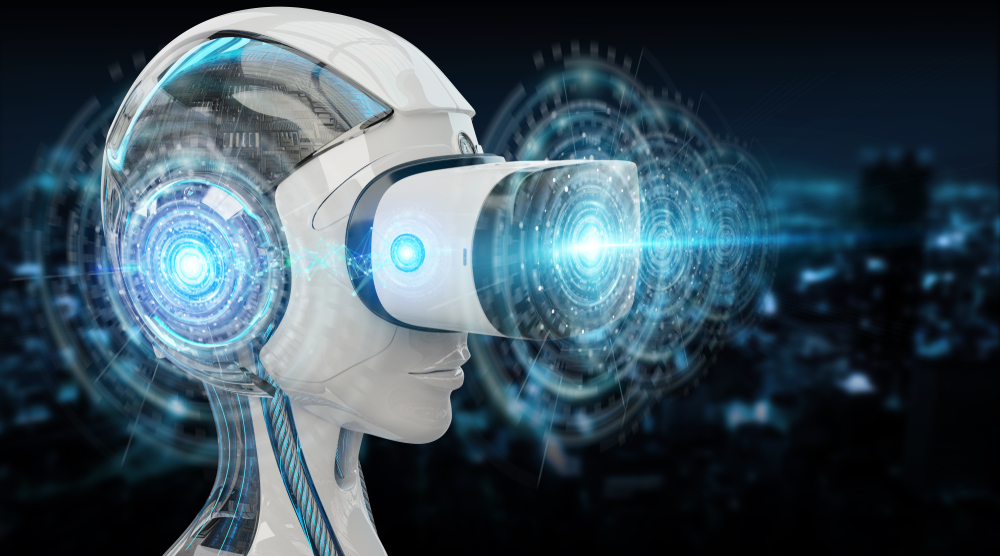Highlights:
- Ubicept Co-founder and Chief Executive Sebastian Bauer stressed that his organization has developed the “optimal” imaging system.
- Ubicept claims that their technology can provide unparalleled vision in every setting for any autonomous car, robot, drone, machine, or camera system.
Artificial intelligence-based startup Ubicept Inc. developed a new computer vision technology to process image data at the photon level for developing machines that can view with unparalleled perception, precision, and clarity.
This week, the startup is exhibiting its technology at the 2025 CES consumer electronics expo in Las Vegas, where it is proving its supremacy over current computer visions in difficult situations including robots working in low light and autonomous car navigation in the dark.
According to Ubicept, current computer vision systems have troubled operating in dimly lit environments. The issue is caused by the limitations of the cameras and image sensor hardware used by those systems, which make it difficult to record quick motion in the dark and produce noisy or blurry images.
By combining proprietary software with Single-Photon Avalanche Diode (SPAD) sensors—the same technology featured in iPhone LiDAR systems—Ubicept modifies that. It claims that this combination can greatly increase the capability of current image sensors, allowing for high-speed motion capture without light streaking and “crystal-clear imaging” in extremely low light circumstances without motion blur.
Furthermore, in order to facilitate the usage of 3D applications, the system can precisely synchronize with lights like LEDs and lasers and record photos in situations where there are both dark and bright segments in the same environment.
Ubicept Co-founder and Chief Executive Sebastian Bauer stressed that his organization has developed the “optimal” imaging system. “By processing individual photons, we’re enabling machines to see with astounding clarity across all lighting conditions simultaneously, including pitch darkness, bright sunlight, fast motion, and 3D sensing,” he added.
The startup is offering the technology access through its FLARE Development Kit, also known as the Flexible Light Acquisition and Representation Engine. According to reports, it may be used with any type of camera or image sensor and combines a one-megapixel, full-color SPAD sensor with the company’s own sensor-agnostic processing engine.
Accordingly, Ubicept claims that their technology can provide unparalleled vision in every setting for any autonomous vehicle, robot, drone, machine, or camera system.
According to Tristan Swedish, Chief Technology Officer and another Co-founder of Ubicept, the next generation of AI systems with practical uses will heavily rely on computer vision to perceive their environment, therefore those systems must be far more dependable.
“Today’s cameras were designed for humans, and using standard image data for computer vision systems won’t get us there,” he said. “Ubicept’s technology bridges that gap, enabling computer vision systems to achieve ideal perception. Our mission is to create a scalable, software-defined camera system that powers the future of computer vision.”





























































